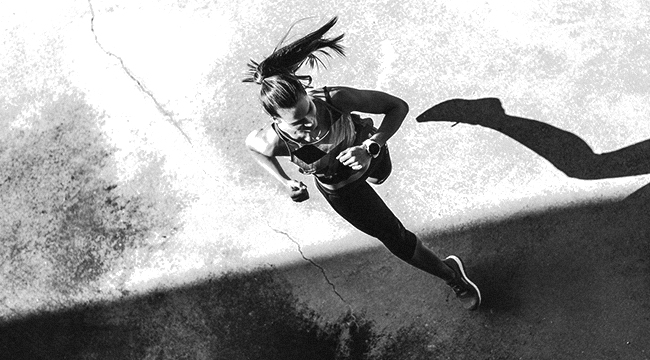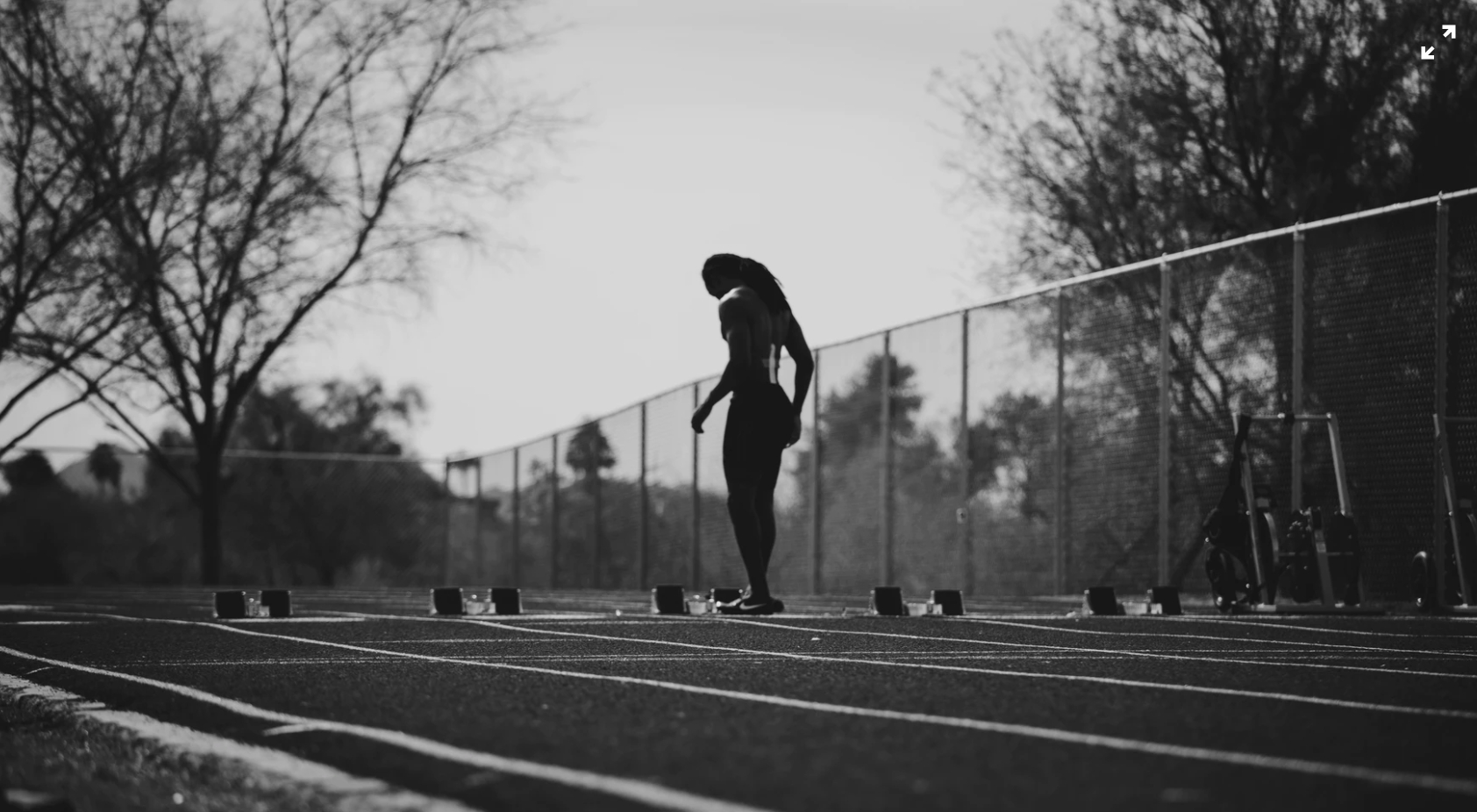
I grew up in a toxic household, with an emotionally, verbally, and physically abusive father. Living in a house that made “home” synonymous with violence did a number on my mental and physical health. As a result, I developed post-traumatic stress disorder (PTSD), depression, anxiety, and an eating disorder. In other words, trauma and my body’s sometimes futile attempts to cope with it have been front and center for my entire existence.
That’s why running — along with therapy and periods of doctor-approved medication use — has become a cornerstone of not only my ongoing healing but my steady processing of pain. It’s one of the primary means with which I’ve tried to change the narrative that my upbringing created. And I’m not alone in that.
According to a 12-week 2014 study conducted by researchers at the University of Texas at Austin, people who ran for 30 minutes immediately prior to their talk-therapy sessions reported a more dramatic decline in PTSD symptoms compared to those who didn’t. According to researchers, “The reduction in symptoms is thought to be due to a boost in levels of a brain protein called ‘brain-derived neurotrophic factor’ from running. This BDN protein is generally low in people with PTSD, but it helps the brain adapt to stressors and repair itself.”
I had no idea a boost in a particular brain protein was driving me to the nearest gym when I experienced a particularly powerful trigger, or why I always considered my high school gym to be my place of solace and safety. But now, knowing what I know and looking back at how pivotal a roll running played in my ability to endure and function under relentless abuse, I realize why I was always the one running the fastest and the longest and the hardest — until my lungs threatened to collapse and my stomach sent warning signs of impending nausea and vomiting.
I wasn’t simply running away from my trauma; I was learning to cope with it. And my brain needed that particular runner’s high to heal.

When I run, I feel my heart rate elevate, I feel my lungs struggle to expand so that I can breathe comfortably, and my stomach aches as my muscles begin to tighten. Those physical attributes are often associated with PTSD, too, so running essentially puts me in a physical place in which I can feel a connection between my mind, my body, and my memories.
“In teaching the body that it can experience these sensations while staying safe and in control, the individual can help work through these previously stuck sensations and help the body restore to a balanced state,” Katrina Anderson, Licensed Mental Health Counselor writes in Psychology Today. “While running, one can practice clearing their mind working to benefit from a meditation response or actively think about what is upsetting them, allowing them to ‘run through’ it.”
I used to rely on other tactics to deal with PTSD triggers, panic attacks, and depressive episodes. From heavy drinking to self-medication, my unhealthy coping mechanisms became not only a crutch, but a ritual I relied on to provide some stability in a world that felt increasingly volatile, unsafe, and unpredictable. Pouring a four-fingered whiskey was soothing. Twisting the top of a pain pill bottle was comforting. The simple act of preparing to anesthetize my trauma was capable of assuaging my panic. But those solutions were short-term at best, detrimental at worst, and unhealthy in every conceivable way.
Now, the act of tying the laces of my running shoes is my port in the storm. Finding that one sports bra that always gets the job done is comforting. Stepping on a treadmill and setting the speed, incline, and duration is what soothes my panic. And according to Anderson, “Researchers are currently interested in exploring the integration of cognitive processing with running in the treatment of trauma.” In other words, I can run for hours, in the safety of my gym, and imagine an unsafe situation that allows me to “discharge the stuck material and be given a different experience, such as run instead of freeze.”

Through running, I am able to rewrite my traumatic history. I am able to go back to my childhood home and work through my father’s abuse. When I sweat and feel my heart rapidly beating and ignore that ache in my calf muscles, I am not a victim, but the victor of the trauma.
Is running a cure-all for PTSD? No. And I don’t want to trivialize that or pretend like it is. Can an hour at my local gym completely erase the abuse I endured? Absolutely not. But every single time I start running I can feel myself healing. I can feel pain turn into endorphins, fears turn into milestones, and a foundation built on trauma turn into nothing more than a starting point. My running shoes are on, my eyes are focused on the distance in front of me, and there’s no telling where I’ll run to next.







